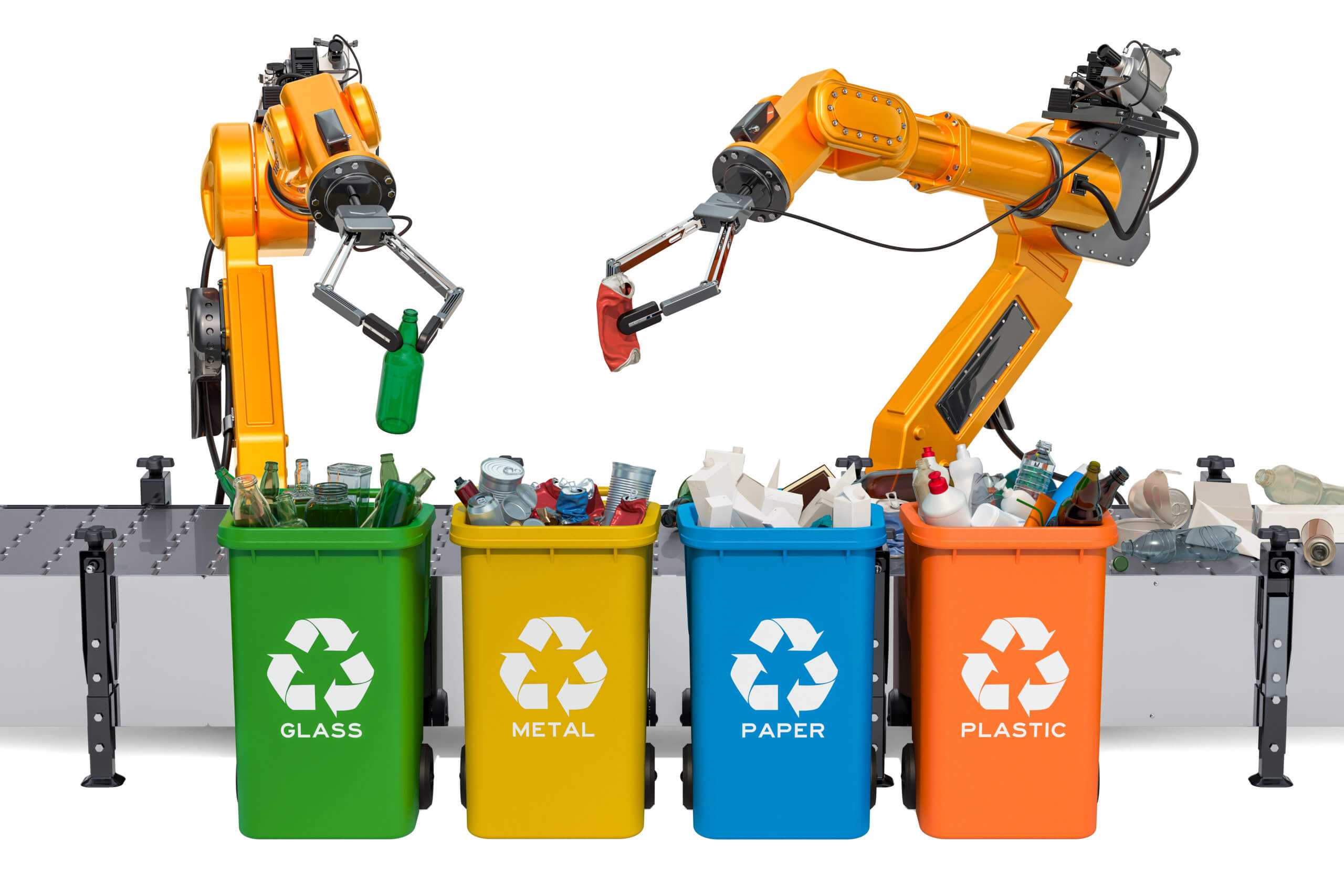
We live in the age of “big data,” where consumer interactions with technology generate a never-ending stream of information. Artificial intelligence (AI) technologies compute large volumes of this information and deliver actionable insights for companies across industries. Within the plastics industry, AI is used to monitor plastic waste in oceans, improve recycling and make packaging and shipping more efficient. AI’s integration into the plastics industry delivers innumerable economic and environmental benefits to businesses and consumers.
In 2018, the EPA reported that only about 18 percent of the 146.1 million tons of waste in U.S. landfills was plastic. While this is far less than the majority, even this amount of waste presents an opportunity because plastics are highly recyclable and can be used to produce new, high-quality goods with recycled materials. Municipalities, which often pay for the cost of waste collection, have already recognized this opportunity and are looking to increase the volume of recycled material while also reducing plastic waste in landfills. AI-powered robotics can help governments reach recycling goals by providing technologies that can identify specific recyclable products in landfills and boost recycling rates. Plastics and recycling companies have already realized this correlation and are using these technologies to improve municipal recycling programs.
In March 2022, two leading recycling companies, Evergreen and AMP boosted recycling capacity by approximately 200 percent using AI technologies. Evergreen deployed 15 AMP robotic sorting systems that specifically target and sort clear and green recycled polyethylene terephthalate (rPET). AMP’s robots can remove up to 90 percent of contaminants, making it easier to recycle material and resell it to producers. These machines are also up to three times faster and more accurate than manual sorters. After implementing AMP’s sorters, Evergreen reported seeing a boost in annual capacity of rPET from 40 million pounds to 147 million pounds, a significant boost that has contributed to increased supply of recycled plastic across industries. AMP’s AI robots are not only effective in preventing plastic waste and keeping plastics in the economy, but also provide new business opportunities.
AI also streamlines the design and production of plastic packaging. AI technologies can predict the size and type of material that is best suited for packaging certain products, meaning that excess packaging can be avoided. Each stage of design—simulation, prototyping and testing—is critical to delivering reliable, cost-effective products. This part of the packaging life cycle also accounts for 80 percent of a product’s environmental impact, underscoring the need for increased efficiency in packaging.
Life cycle assessments evaluate the environmental impact of a product from its inception to end-of-life, providing insights into how companies can target high impact areas and improve benefits. Companies like Amazon, the largest e-commerce retailer in the United States, are using AI technologies to increase packaging efficiencies and reduce waste. Amazon has deployed an algorithm to identify when padded mailers are more effective for shipping, due to their lighter and more size efficient qualities. Limiting package size means more can be packed into a single load, resulting in a five percent reduction in shipping costs and a lowered carbon footprint. AI like this can help companies across sectors use the proper packaging and reduce waste.
In addition to streamlining packaging and improving sorting, AI is also powering ocean cleanups with new high-tech software and GoPro cameras. When not properly disposed of or recycled, plastic can find its way into the ocean where it can harm sea life and marine ecosystems. Most ocean cleanups rely on on-site observation, which can be inefficient and time consuming. However, Ocean Cleanup, a nonprofit organization dedicated to reducing plastic waste in the ocean, is using machine learning to accelerate the rate at which marine plastic is identified and can be retrieved.
Ocean Cleanup uses an AI object detection software in tandem with GoPro cameras, which identify plastic debris and record the GPS coordinates for continuous tracking. Data is then used along with an AI algorithm to model where hot spots might be, indicating where cleanup systems like artificial coastlines should be deployed. Using AI to locate, track and collect marine pollution is helping keep waste out of the ocean and in the economy.
The use of AI in the plastics industry is already off to a strong start, but it will continue to be a vital tool to protect the environment by increasing packaging efficiencies and reducing waste. AI alleviates plastic waste issues by not only boosting recycling and reducing packaging waste, but by also allowing us to retrieve and properly dispose of any waste that has escaped the waste management system.